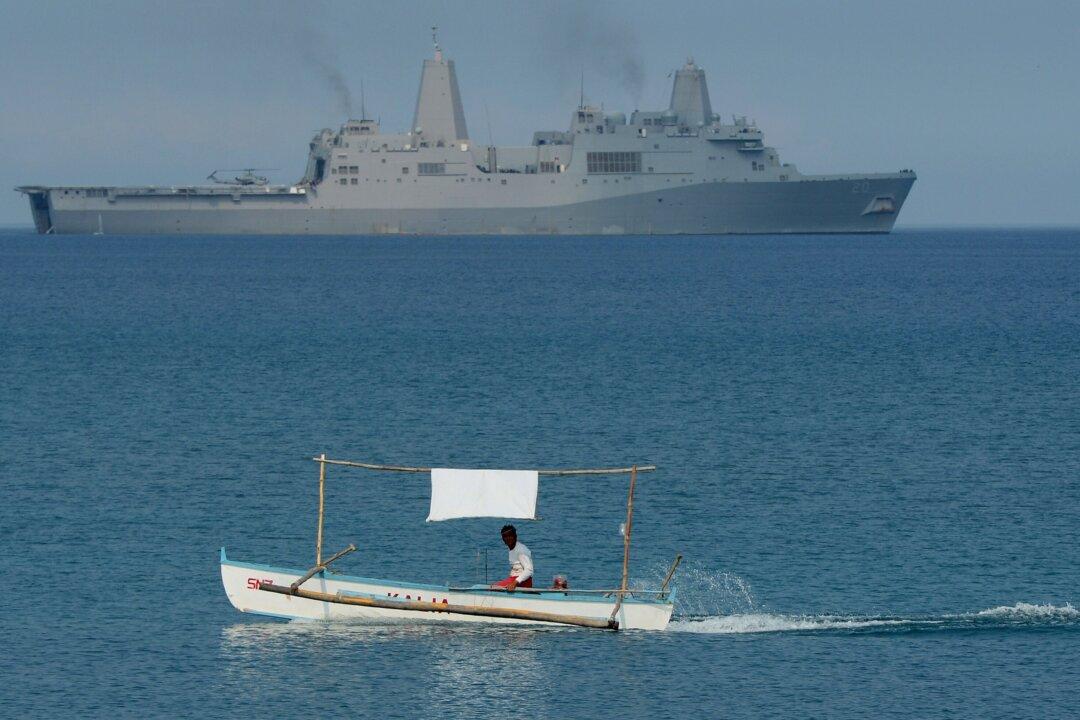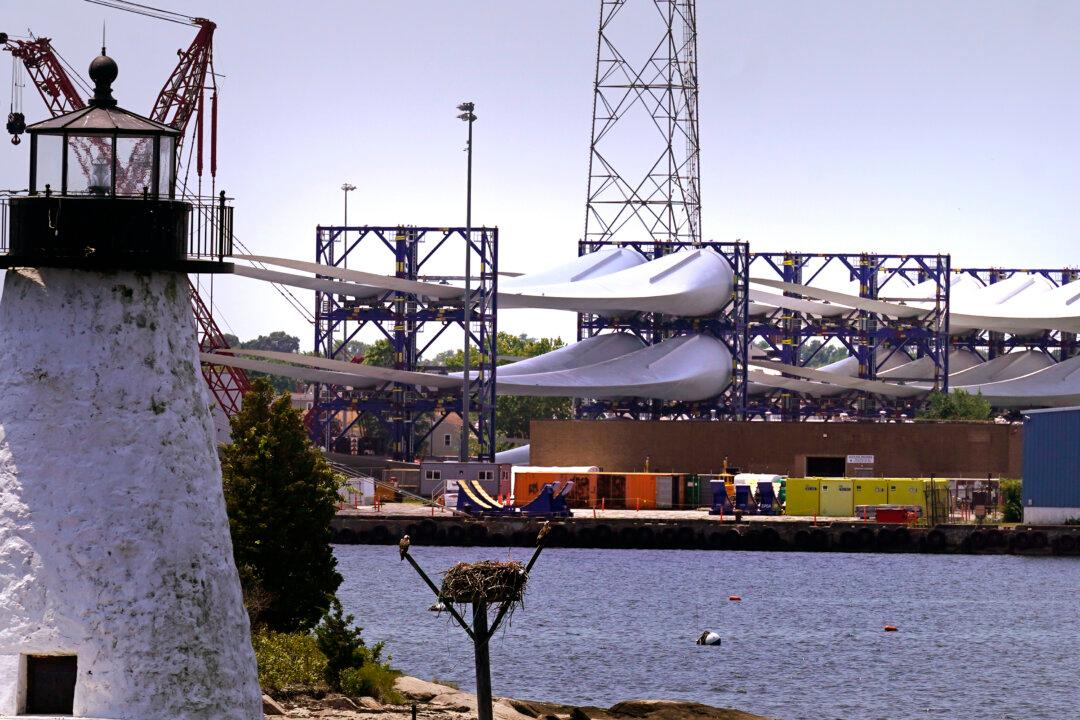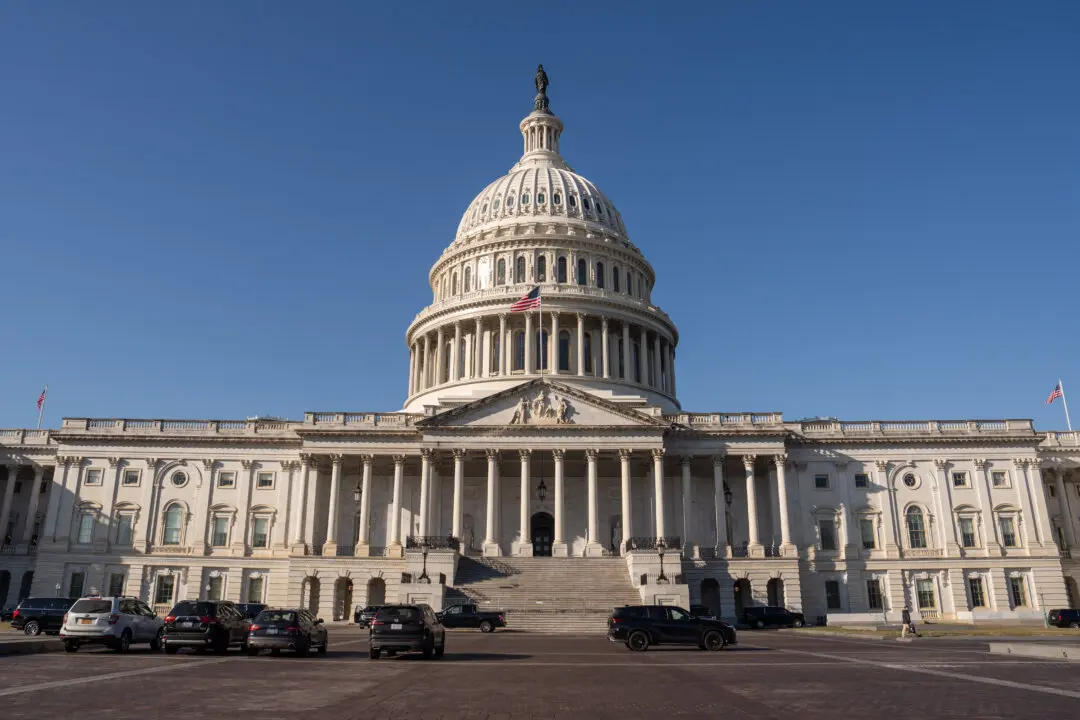It’s not likely this has happened often, if ever, in the annals of haggles over U.S. military budgets: Congress is demanding the Navy float more boats than it wants to.
But that’s the case with the House Armed Services Committee’s Seapower and Projection Forces Subcommittee approving a proposed spending plan that calls for construction of nine battle-force ships, which the Navy asked for, but extends the service of five of 11 ships it wanted to mothball.





